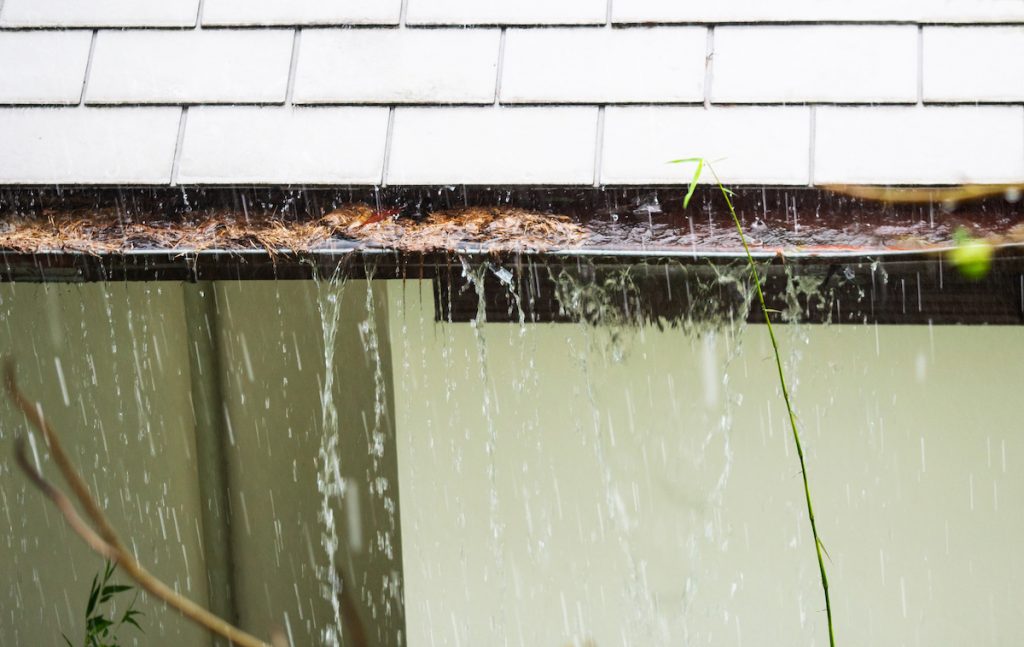Your House's Common Common Leak Factors: Analysis
Your House's Common Common Leak Factors: Analysis
Blog Article
How do you feel in relation to Most Common Causes of Leaky Pipes?

Leakages not just trigger waste of water but can additionally cause unnecessary damages to your residence and promote unwanted organic development. By looking as well as understanding for day-to-day situations that create leaks, you can shield your home from future leakages and also unnecessary damage.
Trespassing origins
The majority of water leakages begin outside the residence instead than inside it. You could see wet patches or sinkholes in your yard, as well as that might mean that tree roots are getting into water lines creating water to permeate out.
Rusty water supply
As time passes by, your plumbing system ages and also deterioration such as corrosion may begin eating away the pipelines. This may be the reason for staining or bending on your pipes. This requires an assessment with your plumber immediately. Consider replacing the pipes since they are at a higher risk of rust than the more recent designs if our plumbing system is old.
Faulty Pipeline Joints
Pipe joints can wear away over time, resulting in water leakages. If you have noisy pipelines that make ticking or banging sounds, especially when the hot water is transformed on, your pipeline joints are most likely under a whole lot of stress.
Instant temperature level modifications.
Severe temperature level adjustments in our pipelines can create them to increase as well as get all of a sudden. This expansion as well as contraction may cause splits in the pipelines, particularly if the temperature level are below cold.
Poor Water Connectors
At times, a leak can be triggered by loosened pipes as well as pipes that provide your devices. In instance of a water links leakage, you may discover water running straight from the supply line or pools around your devices.
Blocked Drains
Blocked drains could be annoying as well as inconveniencing, yet they can in some cases end up causing an overflow leading to burst pipelines. Maintain removing any type of products that might go down your drains pipes that can clog them to stay clear of such aggravations.
All the above are reasons for leakages yet not all water leakages arise from plumbing leaks; some leakages could come from roof leaks. All leaks ought to be fixed promptly to stay clear of water damages.
Leakages not only create waste of water yet can likewise trigger unnecessary damages to your house and advertise unwanted organic development. By understanding and looking for daily situations that create leaks, you can protect your house from future leaks as well as unneeded damage. Today, we will look at 6 leakage creates that may be triggering your pipelines to drip.
At times, a leakage can be created by loose hose pipes and also pipes that provide your home appliances. In case of a water connections leakage, you might see water running directly from the supply line or puddles around your appliances.
How To Check For Water Leak In Your Home
How To Check for Leaks
The average household's leaks can account for nearly 10,000 gallons of water wasted every year and ten percent of homes have leaks that waste 90 gallons or more per day. Common types of leaks found in the home are worn toilet flappers, dripping faucets, and other leaking valves. These types of leaks are often easy to fix, requiring only a few tools and hardware that can pay for themselves in water savings. Fixing easily corrected household water leaks can save homeowners about 10 percent on their water bills.
To check for leaks in your home, you first need to determine whether you're wasting water and then identify the source of the leak. Here are some tips for finding leaks:
Take a look at your water usage during a colder month, such as January or February. If a family of four exceeds 12,000 gallons per month, there are serious leaks.
Check your water meter before and after a two-hour period when no water is being used. If the meter changes at all, you probably have a leak.
Identify toilet leaks by placing a drop of food coloring in the toilet tank. If any color shows up in the bowl after 10 minutes, you have a leak. (Be sure to flush immediately after the experiment to avoid staining the tank.)
Examine faucet gaskets and pipe fittings for any water on the outside of the pipe to check for surface leaks.
Undetected water leaks can happen without the home or business owner even realizing. If you suspect a water leak, but not able to find the source. It is time to contact a professional water leak detection service, The Leak Doctor.
How To Find a Water Leak In Your Home
https://www.leakdoctor.com/blog/How-To-Check-For-Water-Leak-In-Your-Home_AE197.html

As a keen person who reads about How Fast Water Damage Can Ruin Your Home, I think sharing that piece of content was worthwhile. Make sure you take the time to distribute this blog post if you enjoyed reading it. Thank you for your time. Visit us again soon.
Immediate resolution offered. Report this page